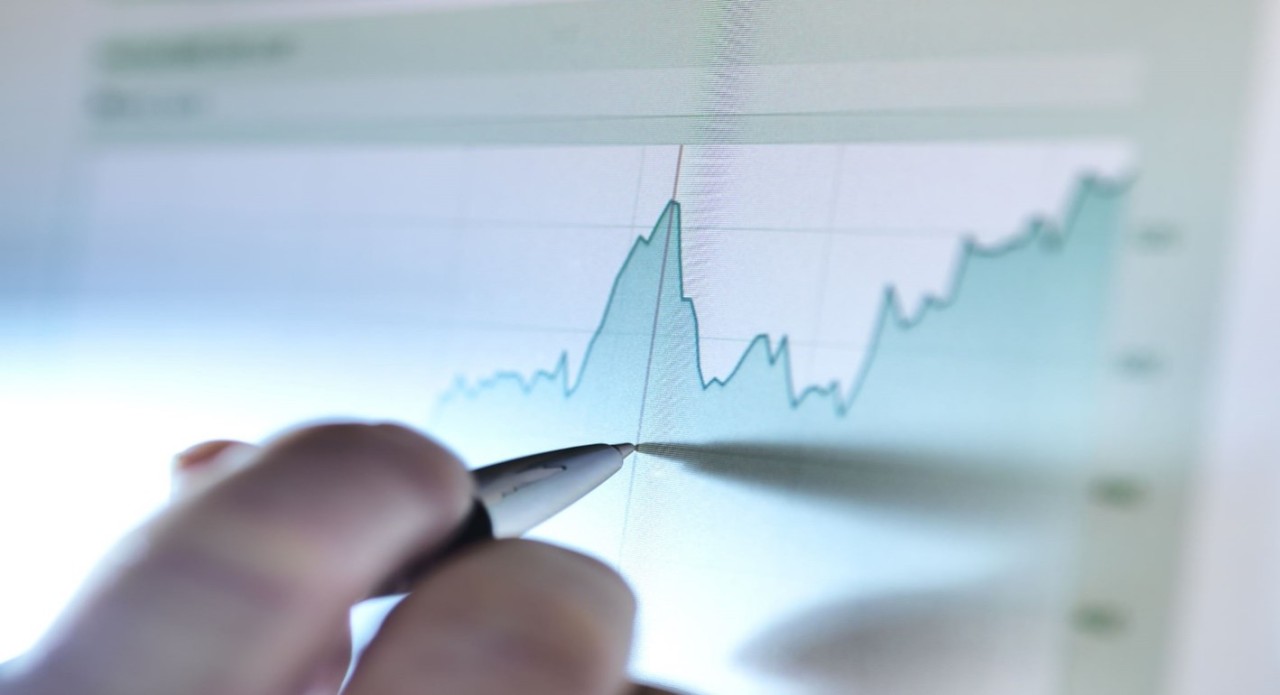Author
Andy Cagle
Share
Building a framework to evaluate customer credit is essential to protecting your business from financial risks. This blog series covers the different methods of assessing customer credit, key metrics to track, and invoice behaviors that may indicate financial distress — so you can begin to build a customer credit framework that highlights and even predicts future risks to your business.
Are Business Credit Reports Necessary?
If you were to enter into a financial relationship with a consumer, you would probably pull their personal credit score to determine if you were comfortable doing business with them. So wouldn’t you want the same information when entering a relationship with another business?
It makes sense, but we’ve found that surprisingly few companies evaluate the creditworthiness of their prospects and customers. Even worse, very little verification is done to establish that a business is legitimate. Some simple things that you can do are call the business, go to their website to look for inconsistencies, and try to locate them on Google Maps. If something seems amiss, it’s usually a good idea to investigate further.
According to Experian, business-to-business (B2B) fraud is a multi-billion dollar issue for U.S. companies. At LSQ, we are constantly running into fraudulent businesses trying to obtain our, or our customers’ services. But, even if fraud isn’t your main concern, checking another business’s credit is important when extending payment terms or collecting a full payment upfront. Like all businesses, you depend on your customer’s ability to pay their bills on time. If your customers are late, it can severely impact your cash flow and the stability of your business.
How Business Credit Scores Are Calculated and What You Can Learn From Them
Luckily, third-party data sources can be a great asset to assess the financial health of your customers. Unlike personal credit scores, which are protected by the Fair Credit Reporting Act (FCRA), anyone can pull a business’s credit report at any time and for any reason. Credit bureaus such as Dun & Bradstreet, Experian, and Equifax can present you with not only the credit reports they produce from the data they collect, but also provide additional risk insights. These companies also produce a variety of credit metrics based on their reports.

Dun & Bradstreet provides a handful of services that will help you stay up-to-date with your customers’ financial wellbeing. One, in particular, is their D&B Credit Reporter. This report provides a straightforward, easy-to-understand breakdown of any company’s financial health — from cash flow risk to overall business risk. The report uses the D&B PAYDEX score which measures the quickness of payments.
Experian uses a score called Intelliscore. The Intelliscore is calculated based off of whether payments are made on time or not and examines past available credit information. They also offer business solutions that will help you make better decisions when it comes to selecting customers. Experian provides a suite of products giving insight to the lifetime of your customers’ credit history.
Equifax has a unique scoring system that identifies specific traits in your customers’ credit history. They assign companies three different scores inside of a single report. The first is a traditional payment score that analyzes things like credit utilization, delinquencies and the length of their credit history. The second is their “Payment Index,” which measures whether payments are made on time. And finally, a ‘Business Failure Score,” which assesses the risk that the company will fail or dissolve.
Each of these credit companies offers something different, but one thing you will find across all three is the Payment Index (PI). Keep an eye out on the PI score — this indicates how promptly your customer pays bills. The PI is reported by any data-sharing partners, vendors, creditors, and lenders associated with your customer. Like your personal credit score, the PI score reflects creditworthiness and ranges on a scale from zero (large and/or delinquent payments) to 100 (on-time and paid-in-full payments).
While credit information is great to have, it’s important to note that there is no industry standard for calculating commercial credit, and each bureau varies in how they make an assessment. Also, credit bureaus do not update their information in real-time; they usually update about once a month, which can lead to significant gaps in understanding your customer’s current financial standing. However, these credit providers can help validate what you see in a business’s financial statements, further clarifying their situation.
While leverage third-party credit reports is a good way to start, it alone paints only a partial picture of your customer’s financial health. In Part I of our Essentials of Customer Credit blog series, we covered what financial statements can tell you about a business’s credit and the key metrics you should focus on. In Part III of our series, we’ll explore how to analyze payment behavior to evaluate the financial strength of a client or even signal a financial downturn. Using these methods in tandem can help build a financial mosaic that clearly highlights and even predicts future risks to your business.
Looking for even more info on avoiding financial distress with your customers? Download LSQ’s free Guide to Navigating Customer Credit.
Stay in the loop





